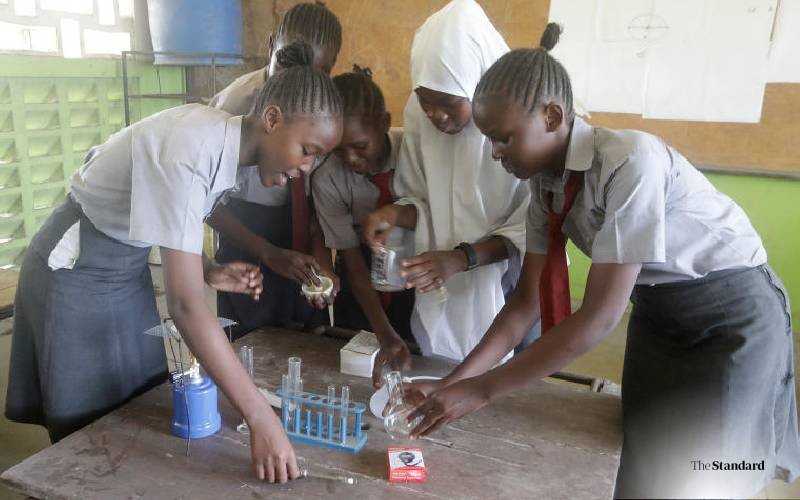New Zealand offers one of the most thoughtful, humane, and effective approaches to school discipline in the world. Rather than relying on fear, exclusion, or harsh consequences, the New Zealand model is centered on restorative justice, emotional support, and inclusive problem-solving. It is a system grounded in dignity, cultural responsiveness, and the belief that every learner – even one who has done wrong – is still a valuable member of the school community. In New Zealand, punishment is not about payback. It’s about restoration.
The backbone of this model is restorative practice. When a student misbehaves – whether through bullying, fighting, defiance, or damaging school property—the response is not immediate suspension or punishment, but a structured process that allows the harm to be acknowledged and repaired. The process usually begins with a restorative conversation, often in the form of a conference that brings together the affected parties: the student who caused harm, the victim, teachers, sometimes parents or whānau (extended family), and in some cases, a trained facilitator. The purpose of the meeting is not to shame the wrongdoer, but to help them understand the impact of their behavior, hear how others were affected, take responsibility, and commit to making things right.
This process is powerful. It gives victims a voice and validation. It allows the offender to be held accountable in a space that is constructive rather than hostile. And it strengthens the relationships and values that keep school communities intact. In most cases, students who go through a restorative process are far less likely to reoffend because they understand the social and emotional weight of their actions in a way that detention or suspension alone cannot teach.
ALSO READ:
Narok and Kajiado leaders open new dormitory at private school in Maasai Mara
New Zealand’s model is also deeply inclusive and culturally sensitive. It draws from Māori values and practices that emphasize collective wellbeing, dialogue, and reconciliation. The idea of whakawhanaungatanga – building and maintaining relationships – is central to how discipline is understood. Schools are encouraged to see students not as isolated individuals, but as part of families and communities. When a child misbehaves, it is not just their issue; it becomes a shared concern. Teachers and school leaders are expected to partner with families, not just summon them for scolding. This holistic approach helps ensure that interventions are relevant, respectful, and effective.
Preventive discipline is another critical element. New Zealand schools invest heavily in positive behavior frameworks, such as PB4L (Positive Behaviour for Learning), which teaches and reinforces expected behavior in clear, consistent, and affirming ways. Instead of only reacting to negative behavior, schools proactively teach kindness, respect, responsibility, and self-regulation. These values are integrated into everyday teaching, and students are praised and rewarded for displaying them. By doing this, schools create a climate where good behavior is the norm and misconduct becomes the exception.
Mental health support plays a central role in the New Zealand model. Many schools have dedicated counselors, social workers, and learning support teams to help students who are struggling emotionally or socially. Teachers are trained to identify signs of trauma, anxiety, or stress that might underlie poor behavior. When a child lashes out or withdraws, the response is guided by curiosity and care rather than punishment alone. A student who skips class might be dealing with problems at home or battling depression. Instead of being punished in isolation, they receive the support they need alongside any necessary consequences.
Exclusion, such as suspension or expulsion, is considered a last resort. And even then, it must follow a rigorous, student-centered process. Schools are required to demonstrate that they’ve explored alternatives and provided meaningful support. Students who are suspended are usually offered reintegration plans, supported return meetings, and tailored behavior programs to help them succeed upon re-entry. The system is designed to help them return stronger—not shamed or alienated.
ALSO READ:
Use this holiday to teach children about your cultural roots, parents told
What can Kenya learn from New Zealand? First, that discipline must begin with relationship-building. A classroom where learners feel connected to their teacher and peers is less likely to be chaotic or violent. Kenyan schools must create time and space for building those connections, even in large or under-resourced settings. Morning circles, class charters, peer mentoring, and open dialogue can go a long way in strengthening classroom communities.
Second, Kenya must invest in restorative practices. When a child causes harm, they should be guided to face those affected, express regret, and make amends. Schools can train a few teachers or counselors in restorative facilitation and begin using these models in place of suspensions or corporal punishment. Even simple steps like apology letters, reflective conversations, or class-wide discussions on a harmful event can begin to shift the culture.
Third, Kenya should learn to see behavior through a trauma-informed lens. Many students act out not because they are bad, but because they are hurting. Discipline should ask not just “What did you do?” but also “What happened to you?” and “How can we help you do better?” This requires training teachers to respond with emotional intelligence and giving them access to mental health support within schools.
Fourth, Kenyan schools should move towards collaborative discipline. Parents, teachers, and students must be seen as a team, not enemies. Too often, parents are summoned only when punishment is on the table. Instead, families must be involved early, respectfully, and as partners in building better behavior.
Finally, Kenya must anchor discipline in values, not violence. The Competency-Based Curriculum is built on values like integrity, responsibility, and respect. But values cannot be taught through fear. They are nurtured through modeling, dialogue, and meaningful consequences. New Zealand’s schools don’t just say “respect others” – they show students how to do it, give them chances to repair when they fail, and celebrate them when they grow.
Discipline should not be about who can shout the loudest or hit the hardest. It should be about helping every child find their way back when they stray. New Zealand’s model is proof that when schools choose understanding over anger and restoration over punishment, students not only behave better—they become well. And that is the goal every education system, including Kenya’s, should be striving for.
By Ashford Kimani
Ashford teaches English and Literature in Gatundu North Sub County and serves as Dean of Studies.
You can also follow our social media pages on Twitter: Education News KE and Facebook: Education News Newspaper for timely updates.
>>> Click here to stay up-to-date with trending regional stories
>>> Click here to read more informed opinions on the country’s education landscape





